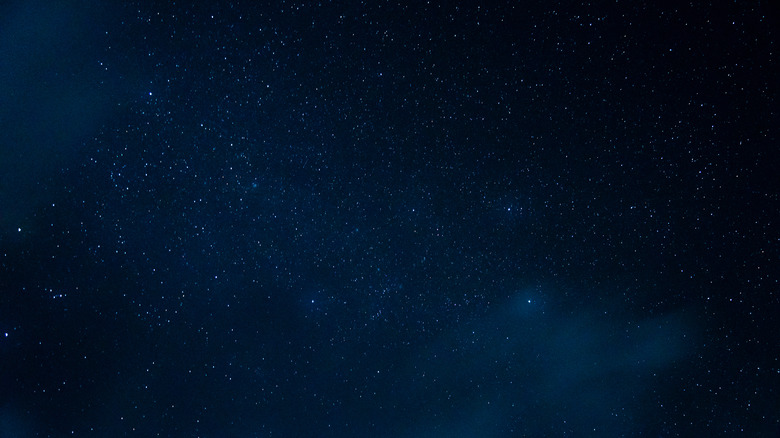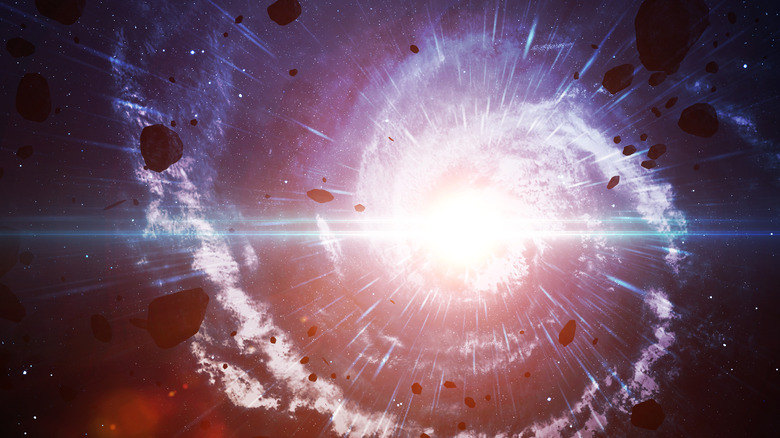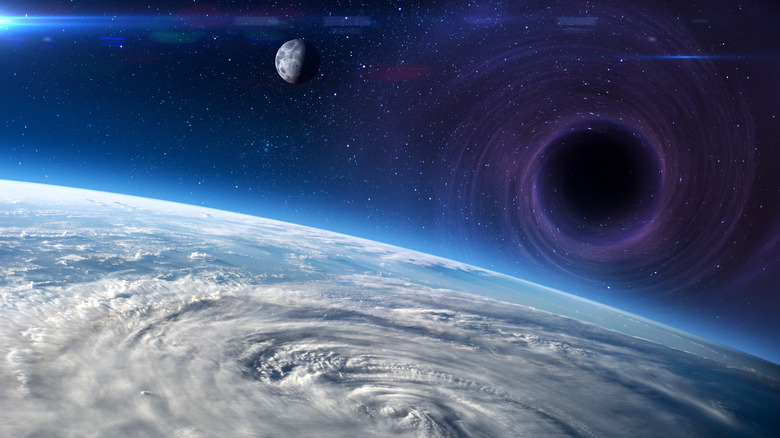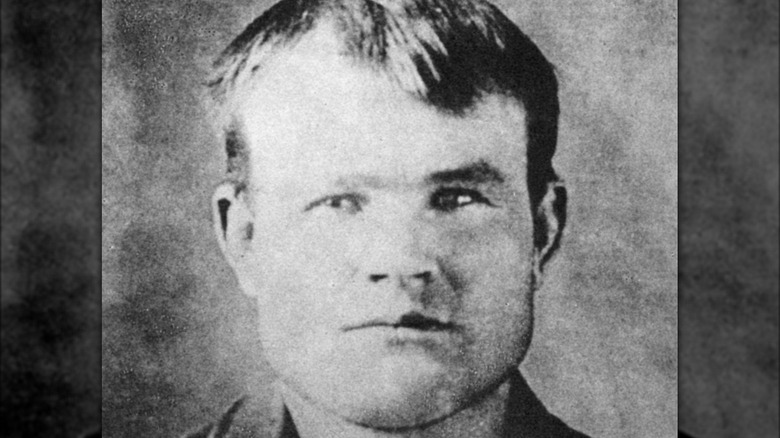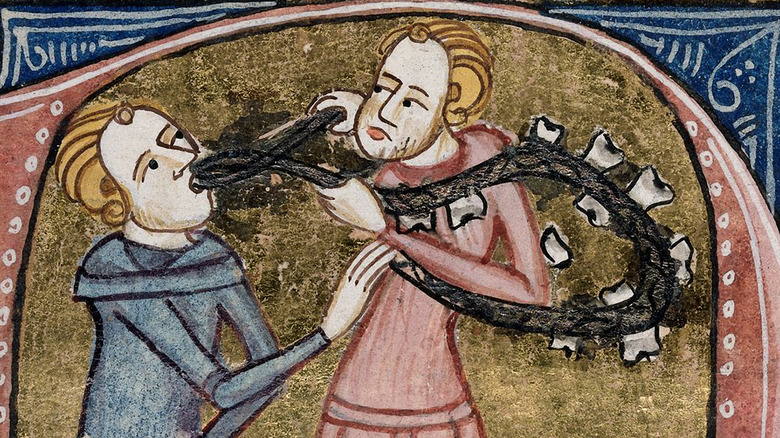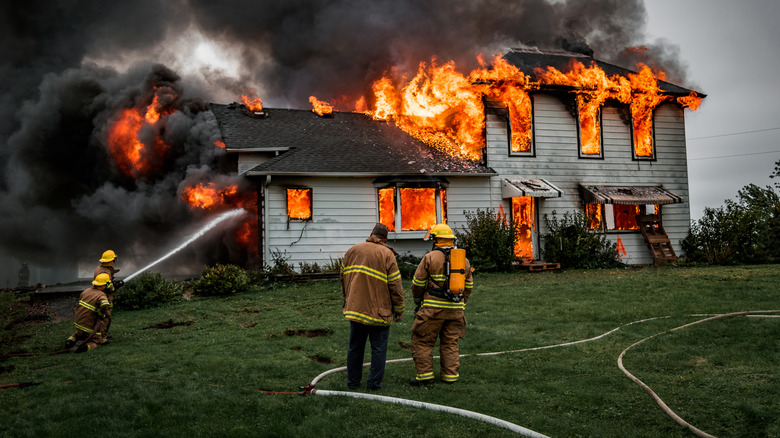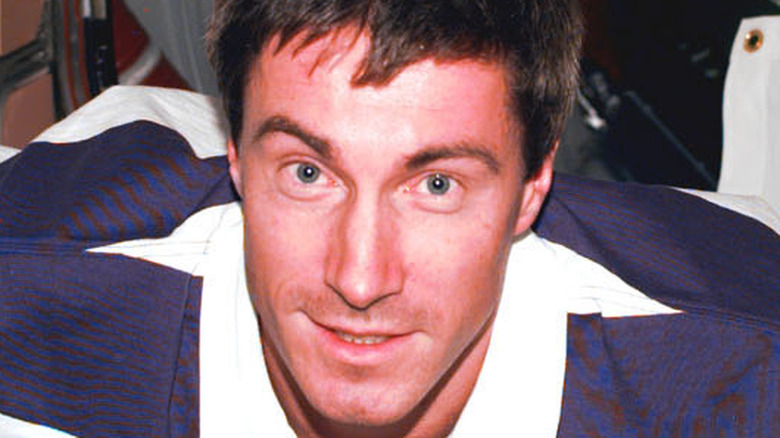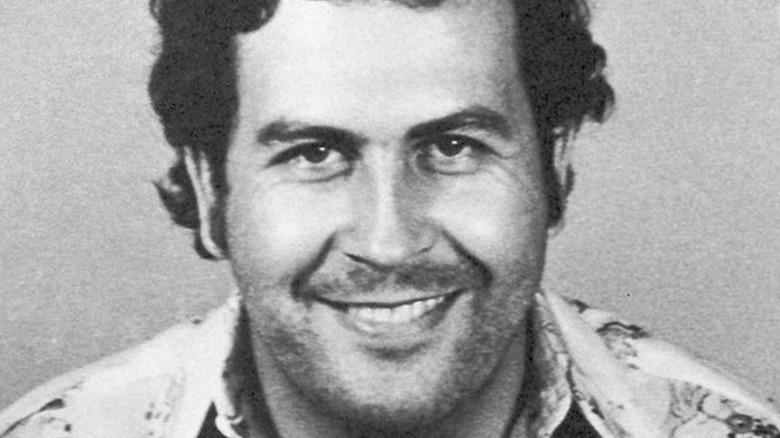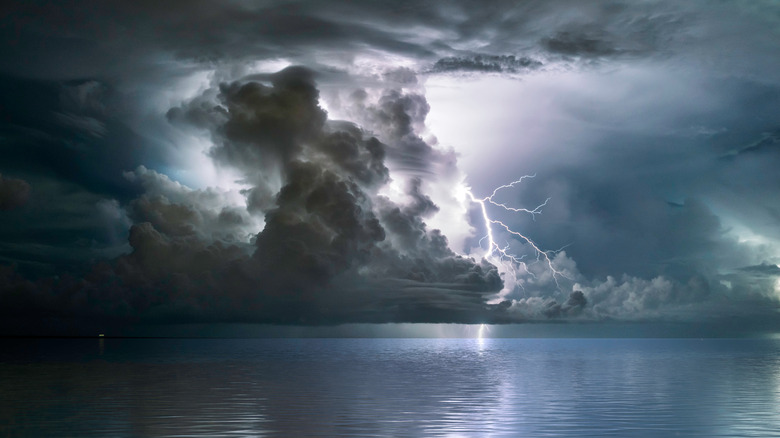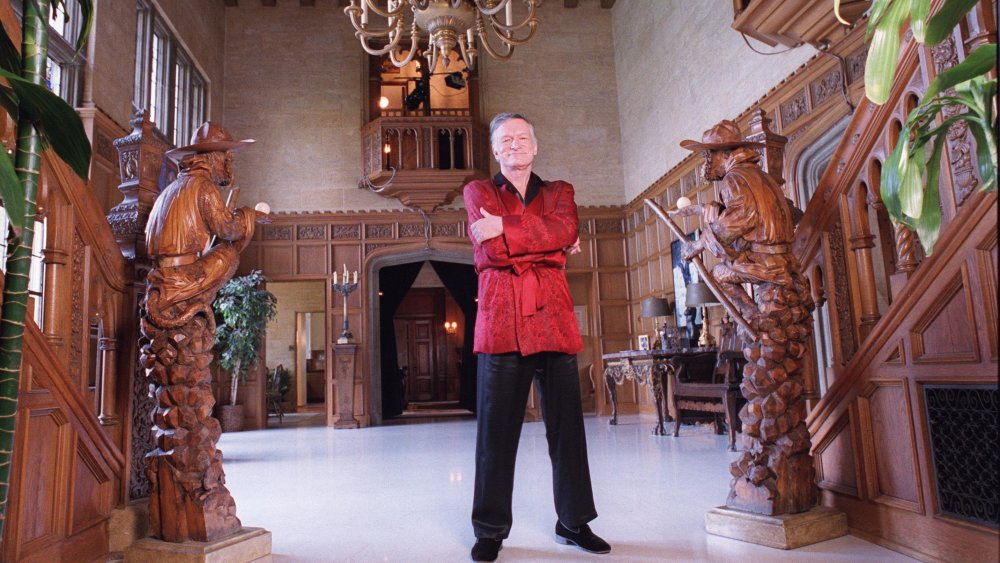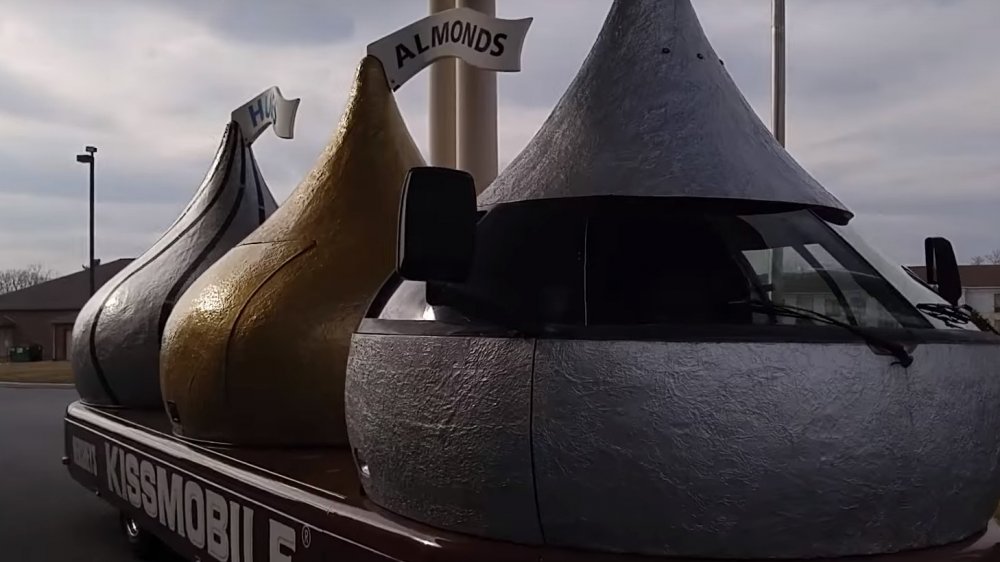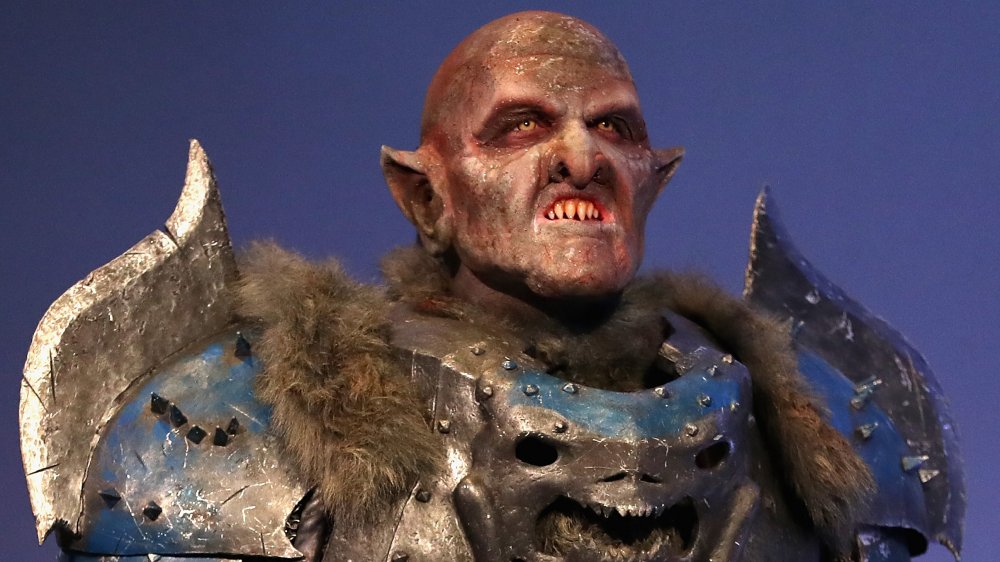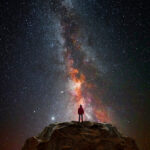
The Big Crunch: The Surprising Way The Universe Could End
“The universe has an age of approximately 13 billion years, and yet it has always existed,” stated Professor Helge Kragh at the University of Aarhus, Denmark, on a panel at the World Science Festival (posted on YouTube) in 2009. That completely true statement isn’t a trick of words. Time (the fourth dimension) didn’t exist before the Big Bang, and neither did space (dimensions one through three). This doesn’t mean that (linguistically or philosophically) “something came from nothing,” however. As the ultimate fate of the current universe reveals — the “universe” being all that exists — it’s possible that some singular cosmic event happened that reformed, reignited, or respawned our cosmos … and could happen again.
Within the first 10-44 seconds (or 10 million of a trillion of a trillion of a trillionth of a second), known as the Planck Epoch, per Big Think, the universe expanded into 100 trillion trillion times its original size. Star stuff didn’t scatter from a single, explosive point like a bomb — space itself expanded. Within 380,000 years, things had cooled down enough for the first atoms to cohere, and from them elements, and eventually whole stars and galaxies. Since the Big Bang, the universe has continued to expand, and because of still-unexplainable “dark energy” the expansion is accelerating.
The universe itself, like all things, has a life cycle: beginning, middle, end. But what’s at the end? Will it, a) die of old age? b) tear itself apart? or c) shrink to “nothing” again?
The Big Chill: eternal, frozen emptiness
The current, most popular theory for how the universe ends is admittedly terrifying, and it comes with a terrifying nickname, “The Heat Death of the Universe,” e.g., the “Big Freeze.” It falls under a) death by old age. It’s the kind of end that more or less nullifies all meaning everywhere because beyond a certain point in time, nothing will, or could, ever exist again.
Basically, the life cycle of the universe can be broken down into five eras, as Big Think explains. Past the progenitor era of creations, called the “Primordial Era,” we’ve got the Stelliferous Era, where stars can be born; that’s when we exist. The cosmos is 13.8 billion years old, which puts us at what’s called “cosmological decade” 14. In 200 million years, we’ll be moving into the Degenerate Era (cosmological decades 15-37), the Black Hole Era (cosmological decades 38-100), and the Dark Era, onwards indefinitely beyond cosmological decades 100 (1 trillion years).
As the University of Michigan explains, galaxies and their light will be carried out of reach of each other, permanently. All stars will fizzle out or go supernova and create black holes. These black holes will consume each other, one by one, before losing all of their energy and leaving behind absolutely nothing. The universe will be so stretched out that no two particles will ever collide, and the entirety of reality will be consumed in the lightless, heatless sameness of maximum entropy.
The Big Rip: particles torn apart
Of course, the science of physics is always updating itself. Physicists settled on the Big Freeze as being our most likely future because it seems like the amount of dark energy in the cosmos is uniform across space — there’s no more or less of it anywhere, as Forbes explains. As space expands, it generates more dark energy, i.e., an “energy-of-space” property, as NASA puts it. In turn, this fuels the expansion and makes it accelerate. And this dark energy, for the record, constitutes a whopping 68% of the entire universe. So-called “normal” matter of protons, neutrons, electrons — the stuff you and the entire Earth is made of — only constitutes a meager 4.9% of reality.
But what if, say, more and more dark energy is generated as the universe expands? So much, in fact, that not only are galaxies drawn away from each other over billions of years, but molecules themselves are torn apart? Gravity and magnetic forces aren’t enough to keep complex molecules together in this scenario, and the “Big Rip” shreds all particles in our entire cosmos into “billions of unbound stars and stellar corpses.” Wired cites this series of events taking place around 22 billion years from now.
The Big Rip could eventually tear space itself apart. If it does, and a single infinitesimal shred continues to inflate, shed of matter and energy, it would look almost precisely like our own Big Bang. Multiverse, here were come.
The Big Crunch: collapse and re-ignite
So if the Big Rip can shred our galaxy into little papery wafers that balloon into whole other universes, then the “Big Crunch” could also reset the clock, so to speak. But the Big Crunch wouldn’t create “new” universes from this one; it would merely recycle everything in our own universe like a perfect loop of reincarnation.
In this scenario, the amount of dark energy generated by the expansion of the universe would start to decrease, per Astronomy. Contrary to the Big Rip, the attractive forces of the cosmos would cause space to stop expanding, and then contract. All matter and energy would collapse back in on itself. Planets, stars, over billions of years, would collide one by one, until everything shrinks to a fiery speck and detonates again into another Big Bang. Astronomers in the 1960s and ’70s, who favored this prediction, simply calculated that the total amount of matter in the galaxy would eventually get locked in place by gravity, and then cause space to shrink. This was before dark energy, though.
However, the Big Crunch hasn’t died entirely. Discover Magazine cites a 2002 paper dubbed “A Cyclic Model of the Universe” that allows for a Big Crunch, provided we assume “time” existed before the Big Bang. This is technically impossible, but not conceptually. It’s also precisely the kind of vision of the future needed to offset the grim, frozen endlessness of the Big Freeze.

The Truth About Pol Pot's Corpse

A Look At Bela Lugosi's Relationship With Boris Karloff
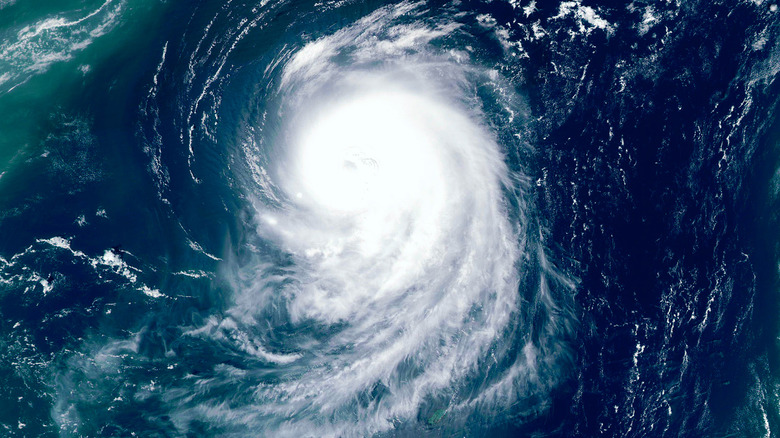
The Truth About The Deadly 1881 Haiphong Typhoon
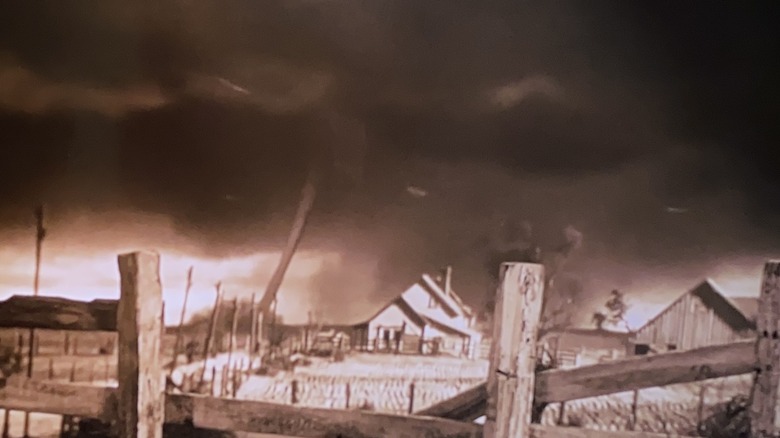
Here's How The Tornado Scene In The Wizard Of Oz Was Actually Made

The Deadliest Earthquake In History That No One Talks About
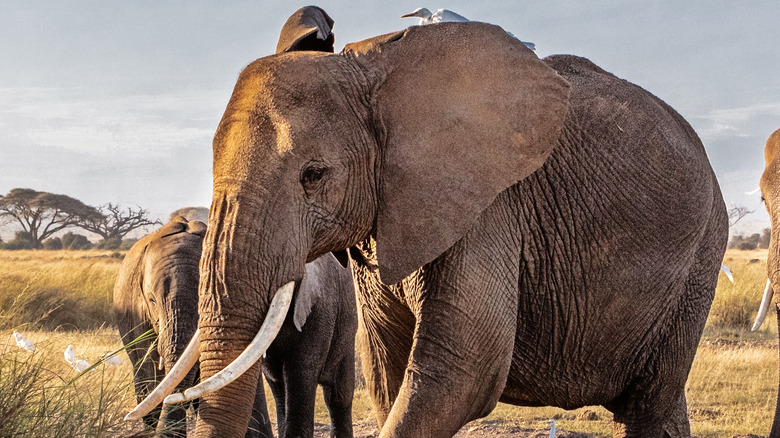
The Myth About Elephants You Need To Stop Believing

The Iconic Song Liza Minnelli Has Avoided Singing For Most Of Her Career

This Was The Last Major Movie Released On VHS

Cultures That Celebrate The New Year Later In The Year

Here's Why Holiday Decorations Are Selling Out Early This Year
